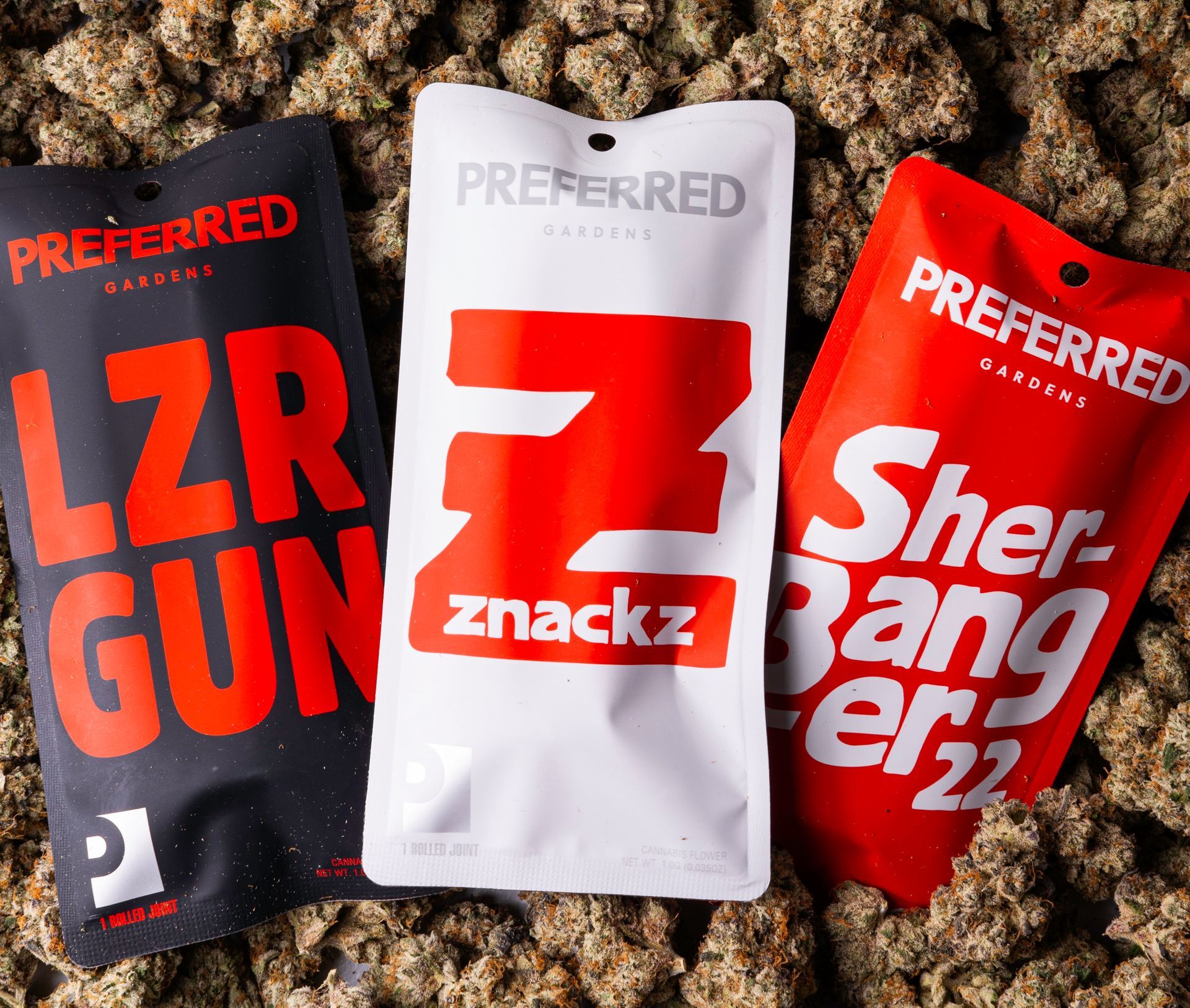
Blog

October 18, 2024
Cannabis concentrates have become a central part of the cannabis industry, offering consumers a potent and flavorful way to enjoy cannabinoids and terpenes. Behind these products lies a complex process known as cannabis extraction, which transforms raw cannabis flower into various concentrates, oils, and isolates. There are several methods of extraction, each with its own unique benefits, challenges, and final products. In this article, we’ll explore five key cannabis extraction methods that bring the magic of the plant from flower to concentrate. 1. Solvent-Based Extraction: Hydrocarbon Extraction (Butane/Propane) Hydrocarbon extraction is one of the most common methods used to produce cannabis concentrates, particularly BHO (butane hash oil) and PHO (propane hash oil). In this method, a solvent—such as butane or propane—is passed through the cannabis material to dissolve cannabinoids and terpenes. The solvent is then purged from the resulting mixture, leaving behind a concentrated product. The resulting concentrate can take various forms, including shatter, wax, live resin, and sauce, depending on how it’s handled post-extraction. Hydrocarbon extraction is highly efficient and can preserve the plant’s terpene profile, making it a popular choice for creating flavorful concentrates. However, this method comes with some risks, particularly if the process isn’t conducted in a professional, closed-loop system. Hydrocarbons are flammable, and improper handling can lead to accidents. Additionally, trace amounts of solvent can remain in the final product if not purged thoroughly, which raises health concerns for consumers. 2. CO₂ Extraction: Clean, Versatile, and Scalable CO₂ extraction is one of the safest and most environmentally friendly methods of cannabis extraction. It uses supercritical carbon dioxide—CO₂ in a state between a gas and a liquid—to extract cannabinoids and terpenes from the plant. CO₂ extraction can produce highly pure concentrates and is particularly popular for producing vape oils and medical cannabis products. The advantage of CO₂ extraction is that it’s a cleaner process, as it doesn’t involve any potentially harmful solvents like butane or propane. It’s also versatile, as the pressure and temperature can be adjusted to selectively extract specific compounds, making it ideal for producing full-spectrum extracts or isolating cannabinoids like THC or CBD. CO₂ extraction systems are highly scalable and widely used in commercial settings. However, this method is more expensive and requires specialized equipment, which makes it less accessible to small producers. The process also tends to take longer than hydrocarbon extraction. 3. Ethanol Extraction: Efficient for Large-Scale Production Ethanol extraction has become increasingly popular, especially for producers looking to create high-volume cannabis products like tinctures, edibles, and topicals. In this method, ethanol (a type of alcohol) is used as the solvent to strip cannabinoids and terpenes from the plant. After the extraction process, the ethanol is evaporated, leaving behind the desired concentrate. One of the main advantages of ethanol extraction is its safety and simplicity. Ethanol is a food-grade solvent, so it doesn’t pose the same risks as hydrocarbon extraction. It’s also highly efficient, capable of extracting a wide range of cannabinoids and terpenes from the plant. Ethanol extraction is particularly effective for producing full-spectrum cannabis oils, which contain a broad range of cannabinoids, terpenes, and other beneficial compounds from the plant. However, ethanol can also pull unwanted substances like chlorophyll from the plant material, which may result in a bitter taste. To counter this, additional refinement steps, such as winterization (removing fats and lipids), are often required. 4. Rosin Pressing: Solventless and Terpene-Rich Rosin pressing is a solventless extraction method that has gained popularity for its simplicity and the quality of the resulting product. In this process, cannabis flower, hash, or kief is pressed under heat and pressure to squeeze out a resinous concentrate. This concentrate is rich in cannabinoids and terpenes and can be consumed as is or further refined. Rosin is a favorite among cannabis connoisseurs due to its pure, solvent-free nature. Since no solvents are used, the risk of contamination is zero, and the resulting concentrate retains the full terpene profile of the starting material. This method also requires minimal equipment—a quality rosin press, heat plates, and parchment paper are the main tools. While rosin pressing is an excellent option for home extraction or small-scale operations, it’s not as efficient as other methods for large-scale production. It’s best suited for small batches and may not be able to compete with solvent-based extraction in terms of yield. 5. Ice Water Extraction: Crafting High-Quality Hash and Bubble Hash Ice water extraction, also known as bubble hash extraction, is another solventless method that involves submerging cannabis flower in ice-cold water. The cold temperature causes the trichomes (which contain cannabinoids and terpenes) to become brittle and break off the plant material. The mixture is then filtered through screens or bags to separate the trichomes from the plant matter. The final product is a concentrated form of hash that can range from a loose, granular form to a sticky, resinous product, depending on the quality of the material and the method used. High-quality bubble hash is often graded based on its ability to “bubble” when heated, indicating high levels of cannabinoids and terpenes. Ice water extraction is highly valued for its simplicity and purity. However, it can be labor-intensive and less efficient than solvent-based methods. This method is best suited for producing small batches of high-quality hash and bubble hash, often referred to as “full-melt” hash for its ability to melt cleanly when heated. Conclusion Cannabis extraction is a nuanced and evolving field, with different methods offering various benefits and final products. From the solvent-based efficiency of hydrocarbon and ethanol extraction to the pure, solventless nature of rosin pressing and ice water extraction, each method has its place in the cannabis market. Choosing the right extraction method depends on several factors, including the desired product, scale of production, and consumer safety. Whether you’re a cannabis enthusiast looking to understand how your favorite concentrates are made or a producer deciding which method to use, understanding these five cannabis extraction techniques is essential for navigating the ever-expanding world of cannabis concentrates. By exploring these methods, you gain a better appreciation for the artistry and science behind cannabis extraction, transforming simple flower into potent, flavorful concentrates that are driving the industry forward.



